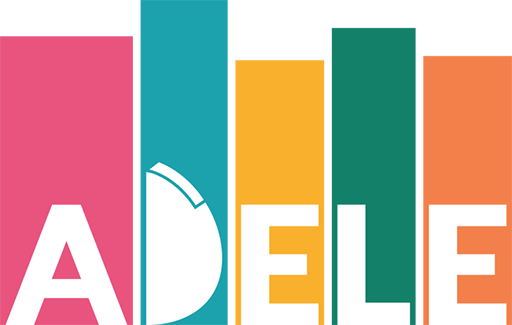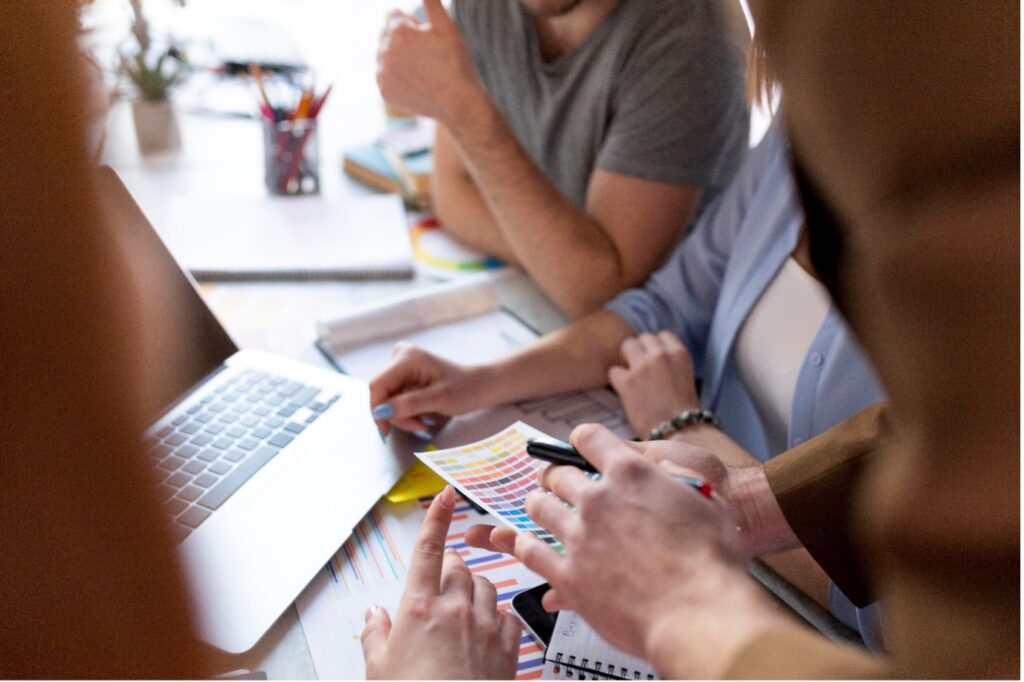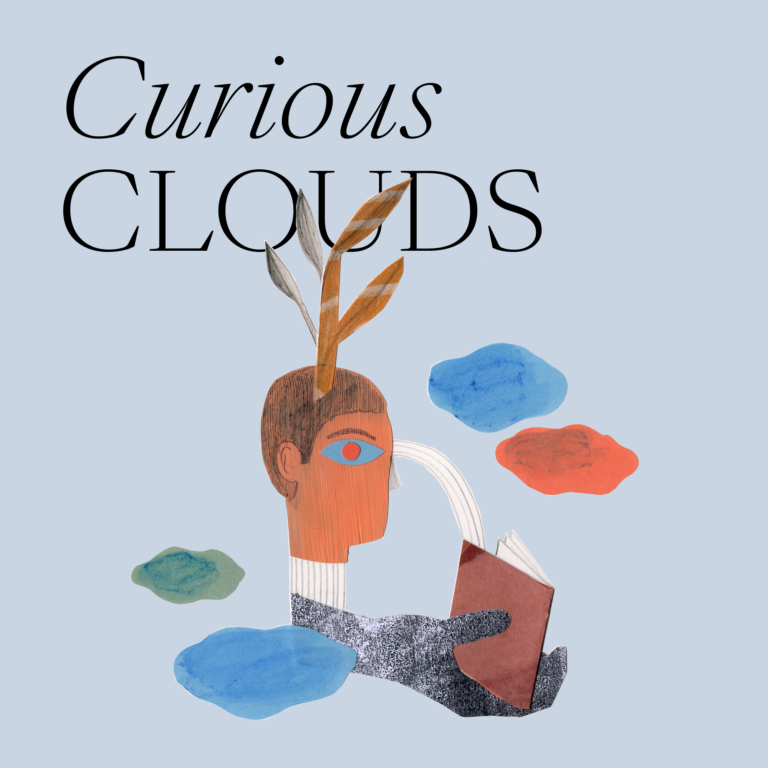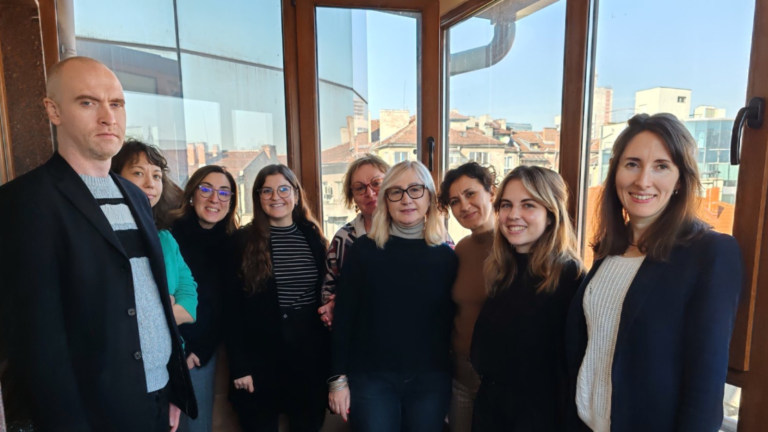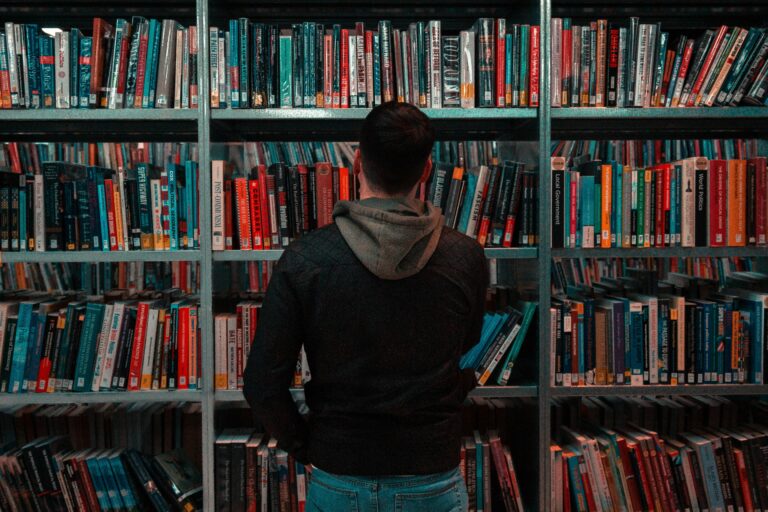Makerspaces in public libraries have emerged through maker-focused programs that aim to inspire and empower people to learn new skills while creating and making something unique. These programs provide a wide range of resources and equipment for digital fabrication, including computer programming, 3D printing, laser cutting, and collaborative workspaces.
In fact, following the 2014 White House Maker Faire, over 100 Urban Libraries Council member libraries pledged their long-term commitment to being centres of creating through a letter to President Obama. To showcase how public libraries turn ideas into action, ULC has collected library makerspace descriptions that provide insight into how libraries are making a difference by promoting hands-on learning and creativity.
Makerspaces are essentially collaborative workshops that allow people to create, learn, and share. They are community-driven spaces that provide access to tools and equipment for creating digital media and other things, along with a supportive environment for learning and experimentation. Makerspaces are usually set up in public libraries, community centres, schools, and other public spaces, and are typically open to everyone.
These kinds of spaces are an important asset for promoting digital skills and creativity, especially in communities where access to equipment or resources might be limited. They provide a space for people to collaborate, come together and learn from one another. Makerspaces also offer the opportunity to develop skills that are relevant to modern-day careers, such as design thinking, problem-solving, and entrepreneurship.
Makerspaces are a powerful addition to the world of public libraries, providing a space for people of all ages and skill levels to learn, collaborate, and be creative, while also promoting digital skills and technological literacy.
